An important weekend is approaching. It's time to treat your mother to a meal out at a top restaurant. One that has a wine list needing more than a cursory glance to choose a celebratory bottle. Don't be afraid to ask for help if you're unsure about the choice of available bottles. If the supplier is up to their job, the restaurant has not just randomly picked wines based purely on price, but selected ones which best match their menu.
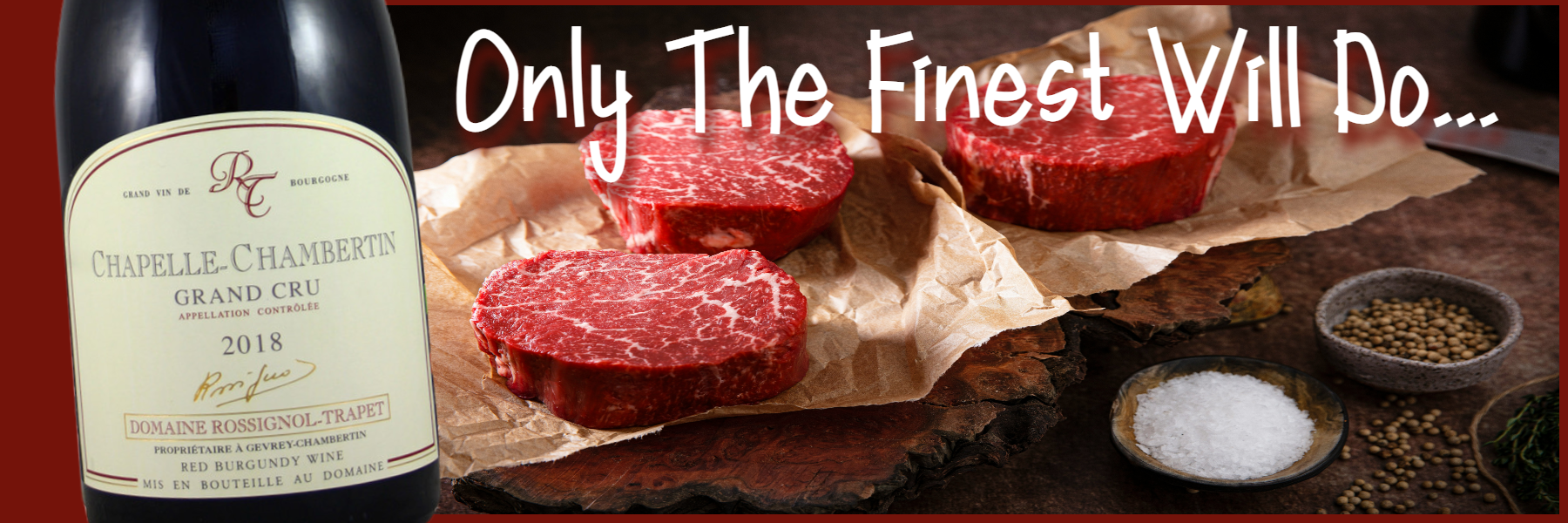
In the realm of hospitality, a restaurant's wine list is more than just a catalogue of beverages—it's a reflection of the establishment's ethos, expertise, and commitment to enhancing the dining experience. Whether in hotels, bars, pubs, gastro-pubs, fine dining establishments, or Michelin-starred venues, a great wine list plays a pivotal role in shaping patrons' perceptions and enjoyment. There's no point in having the finest food, prepared by top chefs, if the wine quality doesn't match that of the food and, at all levels, you'll want to not only enjoy, but be excited by the whole dining experience, whether you're having an inexpensive, Chilean Merlot with an extra large serving of crispy pepperoni pizza, a rich and spicy Cotes du Rhone with your chicken tikka masala at the local curry house, or the grandest bottle of ultra rare red Burgundy hand-served by a sommelier to pair with a beautifully tender fillet of free-range, Charolais beef in a truffle sauce.
Delving into the intricacies of creating an exceptional restaurant wine list, let's explore elements such as how marketing strategies, customer preferences, the role of sommeliers, and list formats can have more than a passing effect on how you choose a bottle.
Understanding Customer Preferences:
At the core of crafting a great wine list lies a deep understanding of customer preferences. When patrons peruse a wine list, they seek more than just a beverage; they seek an experience that complements their meal and enhances their overall enjoyment. Therefore, a great wine list caters to a diverse range of tastes, offering a carefully curated selection of wines that span different styles, grape varieties, regions, and price points. You can't stock everything and too much choice will confuse the customer to the point where a "bottle of house wine" will be the only way out of the situation. Hopefully, it'll still be an excellent choice from a reputable producer and not just the cheapest option!
Marketing Strategies:
Marketing wines on a restaurant's list requires a delicate balance of information and persuasion. Descriptions should be informative yet enticing, providing details about each wine's characteristics, such as flavour profile, aroma, body, and suggested food pairings. Highlighting notable grape varieties, renowned brands, and unique vintages can capture the interest of patrons and guide their choices. Moreover, pricing transparency is crucial, ensuring that customers feel confident in their selections and perceive value in their purchases.
Factors Influencing Customer Choice:
Several important factors influence a customer's decision to select a bottle from a restaurant wine list.
1/ Food Pairing:
Some wines really do taste better when matched with certain dishes, or types of food. Whether you agree with the accepted choices is entirely up to you. Tasting menus, offering half-a-dozen, or so, wine and food combinations are a great way to experience a wide range of tastes and are often excellent value. These menus can highlight a particular speciality of the chef, the venue, or can showcase different regional foods paired with locally made wines.
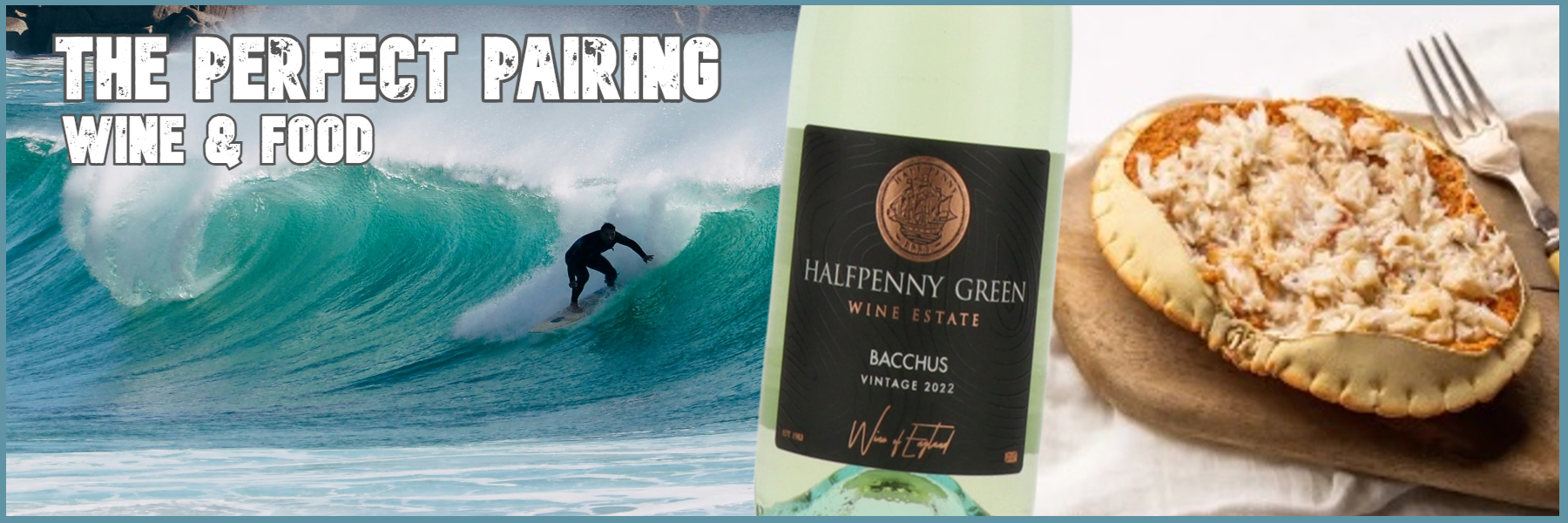
English wines are being chosen by many restaurants wishing to capitalise on pairing regionally sourced meat, fish and vegetables, highlighting the quality of British produce. Try Cornish crab with a bottle of Bacchus or West Sussex Rainbow trout with a Bolney Estate Lychgate rosé. Of course, English sparkling wines are de rigueur for all parties and functions, so, if listed on a restaurant's fizz selection, go for it.
Many patrons choose wines based on their compatibility with the dishes they intend to order. A well-curated wine list will offer suggestions for pairing each wine with specific menu items, helping patrons make informed decisions that enhance their dining experience.
Often, wines are very food friendly and will match with a large percentage of choices from the restaurant's food selection, so be prepared to experiment a bit. You'll probably be surprised at some of the perfect food and wine matches which may be found. A classic "You mustn't drink X with Y" is pairing red wine with fish. Not necessarily so, as a firm, meaty-textured fish, such as tuna, can work well with the likes of Pinot Noir.
A sommelier, working with the chefs, will have tried many different wines with each course offered and shouldn't be trying to sell the most expensive bottle on the list, but one that enhances the flavours and textures of the dish. Make use of their experience if you're not confident in choosing a wine. You can, of course drink the same wine with everything if it really is your favourite of all time!
2/ Personal Preferences:
Individual taste preferences play a significant role in wine selection. Some patrons may gravitate towards specific grape varieties, regions, or styles that align with their palate preferences. A diverse wine list that caters to a range of tastes and preferences is more likely to appeal to a broader audience.
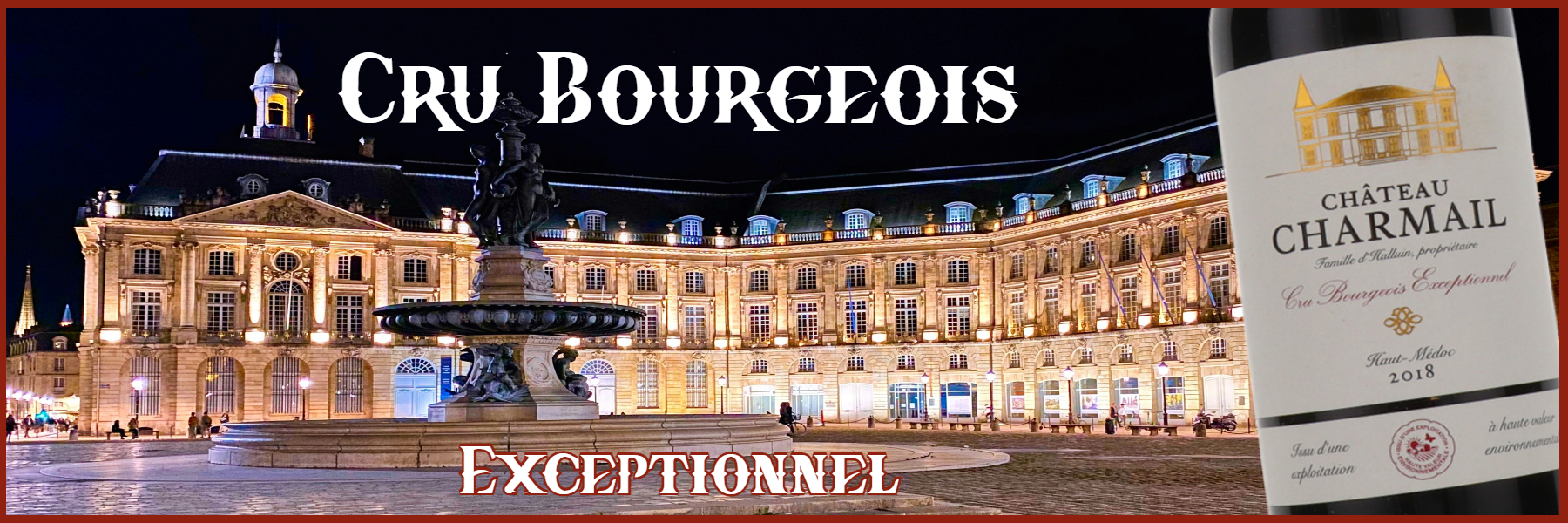
If, for example, you enjoy a good steak, a restaurant specialising in Argentine wines is very likely to include a varied selection of fine Mendoza Malbec. The combination is fantastic, but don't complain if the list excludes wines from Bordeaux. Pick a good French restaurant if you insist on having your steak with a Cru Bourgeois Cabernet Sauvignon from the Medoc, or a luxurious Merlot from a chateau in Pomerol. Celebrate the huge variety that's on offer within the on-trade. Many are exclusive listings to restaurants and are carefully chosen by people who prioritise quality.
3/ Price Point:
Pricing is another crucial factor that influences customer choice. While some patrons may be willing to splurge on premium bottles for special occasions, others may prefer more budget-friendly options for casual dining. A well-balanced wine list will offer choices across a spectrum of price points to accommodate varying budgets. Of course, there's no need for every wine list to include either the very cheapest, or most expensive bottles available. It's all down to the local market demand and the individual restaurant's target clientele. Dom Perignon might be a wonderful Champagne, but it won't sell if customers are only asking for Prosecco. There's just too much of price difference.
A restaurant's reputation can often be assessed by the quality of its house wine selection. Value and quality is what should be paramount here. It doesn't have to be too cheap and, ideally, you should want a second bottle as it tastes so good!
Another important consideration when choosing your wine is the size of the serving. A small glass, a large glass, a bottle or even a larger format such as a magnum? Many restaurants offer a wide range of excellent wines by the glass and this option opens up the opportunity to try something unusual, rare, or just one that's too expensive for a full bottle splurge.
4/ Brands:
Some restaurants find that offering "brand name" wines on their list make for an easier option as the names are recognised by their diners as "safe". The quality is known and the price/value can easily be judged. This can backfire if the pricing is excessive and too many outlets can charge outrageous margins on their wines. Some wineries offer specially branded wines which differ slightly from their well-known retail lines, but have the safety of a trusted name attached to the wine. Not necessarily great value, but often better than choosing a completely unknown name from a list you don't yet know.
5/ Recommendations and Expertise:
The guidance of a knowledgeable sommelier can significantly influence a customer's wine selection. Sommeliers possess expertise in wine varieties, regions, and pairings, allowing them to offer personalised recommendations that cater to individual tastes and preferences. By understanding the menu, the diner's palate, and the occasion, a skilled sommelier can elevate the dining experience by suggesting wines that complement the flavours of the meal and enhance the overall ambiance.
"Fine Dining" restaurants will have their own sommeliers familiar with the specialist wine list and food menu, so make them earn their pay if you're in such an establishment. Ask for alternative suggestions!

6/ List Format:
The format of a wine list can vary depending on the restaurant's concept, clientele, and desired dining experience. Some establishments opt for a short, concise list that focuses on quality over quantity, offering a carefully curated selection of wines that align with the restaurant's theme and cuisine. This approach allows for easy navigation and highlights the restaurant's signature offerings.
Some wine lists opting for only the briefest possible information, often not even showing the available vintage or producer name, can mean bottles are substituted as the list possibly has wines from old suppliers being presented. An out of date list, in my opinion, is a sign that the restaurant doesn't care too much about its wine offering. Buyer beware! A good alternative is where there's a "weekly special" menu with a quick turnaround of one-off, exciting, limited availability, wines. Worth checking out if a restaurant offers this.
An in-depth list that showcases a diverse range of options, from classic varietals to rare and exclusive bottles can appeal to connoisseurs and adventurous patrons who seek unique and novel experiences. However, it's essential to strike a balance between breadth and depth, ensuring that the list remains accessible and user-friendly.
If you come across a bewildering list resembling the full, unabridged works of Shakespeare, your food will likely be getting cold before you've read past the first dozen pages. If you're a bit of a "wine nerd", a truly "specialist" list, offering hundreds (or even thousands) of wines, can make for a thrilling read if you recognise all the various growers, producers, wine makers and chateau names, but life's too short and the hunger pangs are making themselves known. Make a decision before your fellow diners nod off and fall asleep at the table. It's not a good look.
Renowned Wine Lists in the UK:
It's worth noting that there are restaurants across the UK which are celebrated for their exceptional wine lists, showcasing a commitment to quality, diversity, and innovation. Among these establishments, some notable examples include:
1/ The Ledbury (London):
Renowned for its Michelin-starred cuisine, The Ledbury boasts an extensive wine list curated by master sommeliers, featuring an impressive selection of both classic and rare vintages.
I'd love to be locked in their cellar overnight with a corkscrew and glass! See why here.
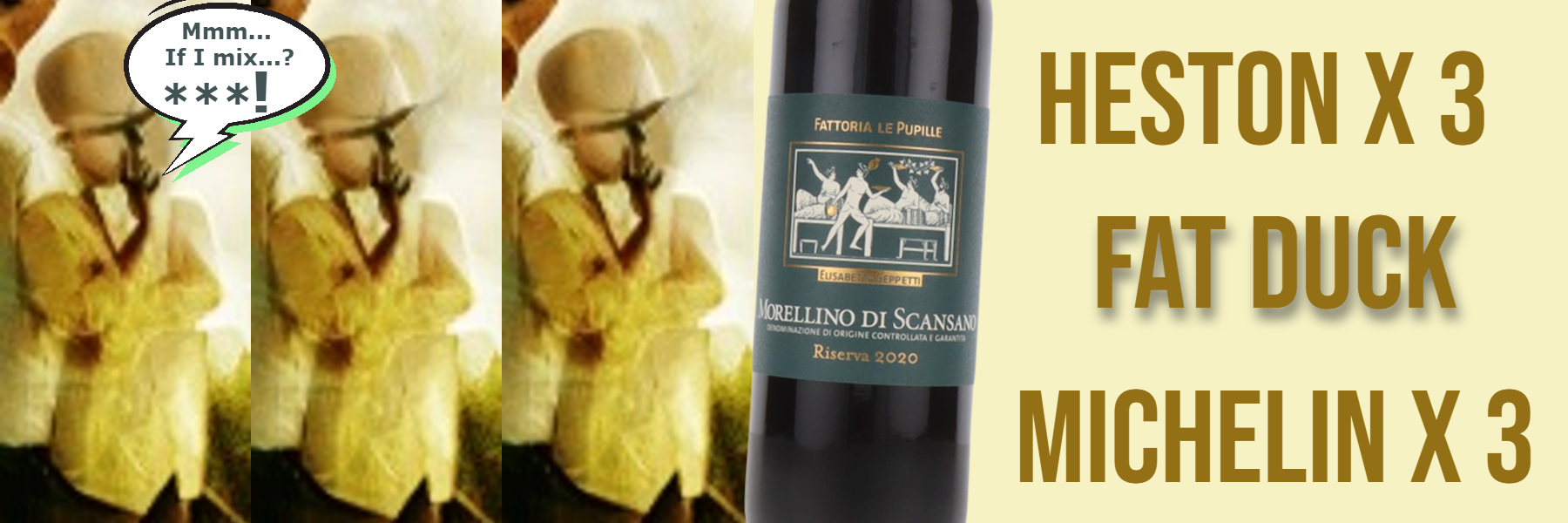
2/ The Fat Duck (Berkshire):
Heston Blumenthal's iconic fine dining restaurant offers a meticulously curated wine list that complements its avant-garde menu, with an emphasis on innovative pairings and unique varietals.
A fantastic "By the Glass" selection and the place to go for German/Austrian Riesling and a large choice of "Orange" wines from around the world. Extensive Grand Cru Burgundy range including Romanee-Conti at £25,000 a bottle!
View their 70 page wine list here. "Let’s question everything – especially when it comes to food" HB
A couple of wines I can personally recommend, which happen to be on Heston's list, are the Morellino di Scansano Riserva, Fattoria Le Pupille, 2020 from Tuscany and the exotic, Uruguayan "cherry & chocolate" flavoured dessert wine Alcyone Tannat by Pablo Fallabrino.
3/ The Clove Club (London):
This modern British restaurant features a thoughtfully curated wine list that reflects the restaurant's commitment to seasonality and sustainability, with a focus on natural and biodynamic wines. Awarded, in recent years, for both their Californian and sparkling ranges.
With around 800 "bins" available, for something a bit different, the club offers an 8 course vegetarian tasting menu with matching wines.
4/ Opheem (Birmingham):
Not your average Brummie curry house! Michelin starred Indian fine dining restaurant by Aktar Islam featuring wines from more unusual sources including Armenia, Georgia, Macedonia and Morocco. The wine list is priced mostly under £100 a bottle, so offering good value. Read more here.
5/ 67 Pall Mall (London):
As one of the UK's most prestigious private members' clubs, 67 Pall Mall boasts an unparalleled wine list with over 5,000 bottles from around the world, curated by a team of expert sommeliers. Members can explore the range as a searchable list on iPads, loaded with winemakers’ notes, tasting notes and critics’ scores. The club is also known for cellaring its members' own wine collections.
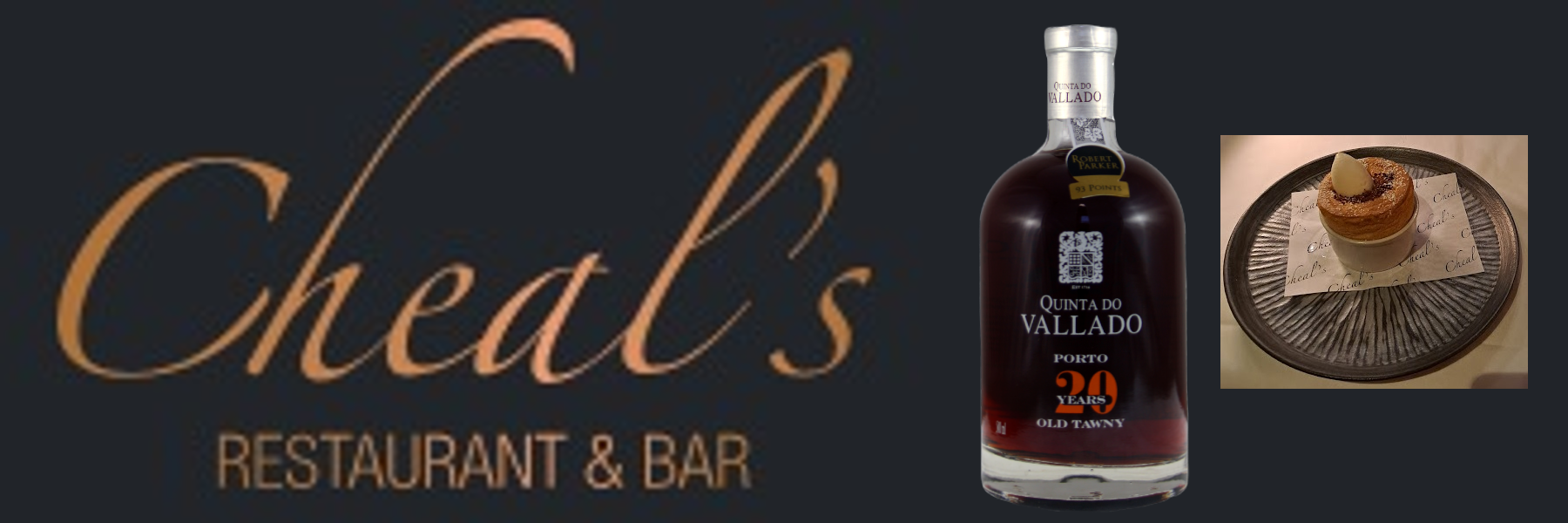
6/ Cheals (West Midlands):
Recommended in the Michelin guide. Restaurant in Knowle featuring seasonal British food by chef Matt Cheal. Try their tasting menu with two different wine flight selections. Delicious wines by Frazier's, of course! The complete wine list is found here.
Try the Quinta do Vallado ports from their two tasting menus. Let's make fortified wines' reputation great again!
In conclusion, a great restaurant wine list goes beyond mere selection—it is a reflection of the establishment's identity, ethos, and dedication to providing an exceptional dining experience. By understanding customer preferences, employing effective marketing strategies, leveraging the expertise of sommeliers, and tailoring the list format to suit the restaurant's concept, venues can elevate their wine offerings and create memorable experiences for patrons. Whether in a hotel, bar, pub, gastro-pub, fine dining establishment, or Michelin-starred venue, a well-crafted wine list enhances the overall dining experience and leaves a lasting impression on guests.
Go on, treat your mother to a fine dining experience this Mother's Day.


